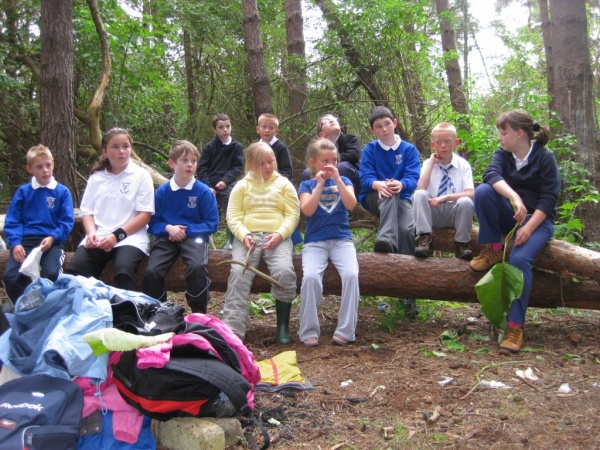Two of the most fundamental topics that is taught in primary school science is that of respiration and photosynthesis. These two processes are critical the functioning of the human body and plants respectively. Yet, it is not always clear for children when they first learn about these concepts.
In this article, we will elaborate on these two processes, their interactions and discuss their importance.
What is Respiration
Respiration is the metabolic process through which living things produce energy required for the body to function. This is different from breathing though breathing is essential for respiration to happen. While breathing is a physical process, respiration is a chemical process that every organism carries out.
During respiration, your body’s cells combine oxygen from the air with glucose from food in order to create energy. Two by-products are also produced during respiration, namely carbon dioxide and water vapour.
Since oxygen is needed for the process, while carbon dioxide and water vapour are produced, breathing is essential for exchanging gases with atmospheric air. In particular, when you breathe, you take in oxygen while releasing carbon dioxide and water vapour.
Without respiration, your body will not have the energy needed to function. This statement is applicable to life vital organs such as your heart and lungs. As such, should respiration be blocked, you will simply die.
What is Photosynthesis
Photosynthesis can be seen as the exact opposite process of respiration. Solely carried out in plants, photosynthesis also produces energy but utilising a completely different process. During photosynthesis, plants turn water, sunlight and carbon dioxide into energy and oxygen.
Plants are uniquely suited to carrying out photosynthesis as they obtain the ingredients needed through these methods:
- Their roots take in water from the ground and use capillary force to move water up to its various components.
- Their leaves contain chlorophyll which is what enables them to absorb light
- They are able to take in carbon dioxide via their leaves
Photosynthesis is essential to plants, but can only be carried out during the day. This differs from respiration that occurs at all times. The day limit is imposed by the limitation of needing sunlight in order to carry out the photosynthesis process.
How Photosynthesis & Respiration Interacts with Each Other
The presence of both photosynthesis and respiration in the environment helps to balance its resources. Their by-products help to replenish the key ingredients that is needed in each process. As such, without one or the other, the earth would be depleted of its resources.
Given that only plants can carry out photosynthesis, their presence is absolutely critical to the survival of all living things. It should also be noted that plants only carry out photosynthesis during the day, relying on respiration during the night.
Learn About Photosynthesis & Respiration
If your child is struggling to piece together the different systems that are at work during both photosynthesis and respiration, then consider sending them for primary 6 science tuition. Extra classes will help to tidy up any doubts they have about the processes and allow them to see the bigger picture.

